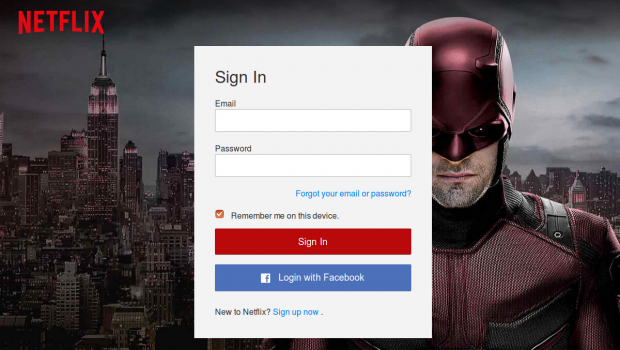Credit Card Data and Other Information Targeted in Netflix Phishing Campaign
https://www.ispeech.org/text.to.speech
Introduction
Through FireEye’s Email Threat Prevention (ETP) solution, FireEye
Labs discovered a phishing campaign in the wild targeting the credit
card data and other personal information of Netflix users primarily
based in the United States.
This campaign is interesting because of the evasion techniques that
were used by the attackers:
- The phishing pages were hosted on legitimate, but compromised
web servers. - Client-side HTML code was obfuscated with AES
encryption to evade text-based detection. - Phishing pages
were not displayed to users from certain IP addresses if its DNS
resolved to companies such as Google or PhishTank.
At the time of posting, the phishing websites we observed were no
longer active.
Attack Flow
The attack seems to start with an email notification – sent by the
attackers – that asks the user to update their Netflix membership
details. The phishing link inside the email body directs recipients to
a page that attempts to mimic a Netflix login page, as seen in Figure 1.
Figure 1: Fake login page mimicking the Netflix website
Upon submitting their credentials, victims are then directed to
webpages requesting additional membership details (Figure 2) and
payment information (Figure 3). These websites also attempt to mimic
authentic Netflix webpages and appear legitimate. Once the user has
entered their information, they are taken to the legitimate Netflix homepage.

Figure 2: Fake webpage asking users to update
their personal details

Figure 3: Netflix phishing webpage used to steal
credit card information
Technical Details
The phishing kit uses techniques to evade phishing filters. One
technique is the use of AES encryption to encode the content presented
at the client’s side, as seen in Figure 4. The purpose of using this
technique is code obfuscation, which helps to evade text-based
detection. By obfuscating the webpage, attackers try to deceive
text-based classifiers and prevent them from inspecting webpage
content. This technique employs two files, a PHP and a JavaScript file
that have functions to encrypt and decrypt input strings. The PHP file
is used to encrypt the webpages at the server side, as seen in Figure
5. At the client side, the encrypted content is decoded using a
defined function in the JavaScript file, as seen in Figure 6. Finally,
the webpage is rendered using the ‘document.write’ function.
Figure 4: Client-side code obfuscation using AES encryption

Figure 5: PHP code used at server side for encryption

Figure 6: JavaScript code used at client-side
for decryption
Another technique is the host-based evasion, as seen in Figure 7.
The host name of organizations such as ‘phishtank’ and ‘google’ are
blacklisted. The host name of the client is compared against a list of
blacklisted host names. If there is a match against the blacklist, a
“404 Not Found” error page is presented.
Figure 7: Server side code for blacklisting
known hosts. Click image to enlarge.
As with the majority of phishing attacks, this campaign uses PHP
mail utility to send the attacker the stolen credentials. The
advantage of using this technique is that the attacker can host their
phishing kits on a number of websites and still get the stolen
credentials and other information from a single email account. This
enables attackers to extend their reach.

Figure 8: Stolen information is sent to an email
address using mail() function
Tips to Secure your Netflix Account
To learn more about securing your Netflix account, Netflix provides
additional information on how to keep your account safe from phishing
scams and other fraudulent activity at https://www.netflix.com/security.










Gloss